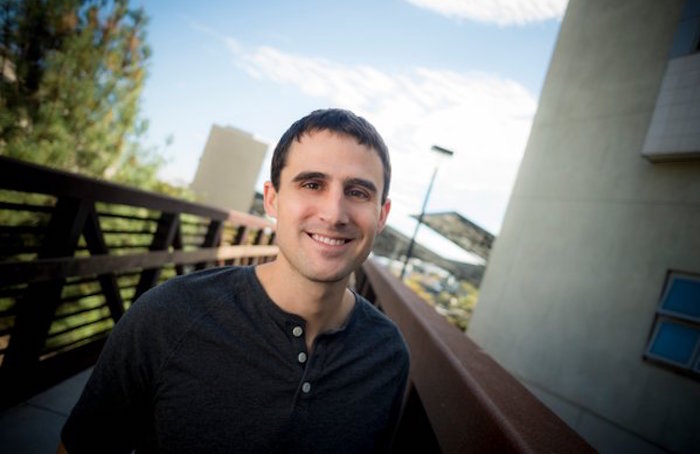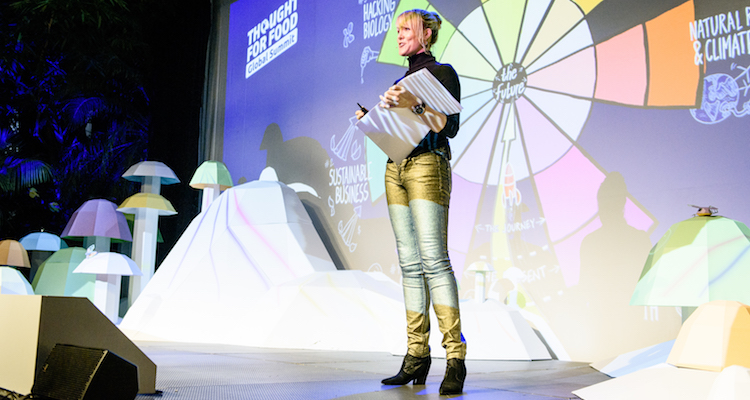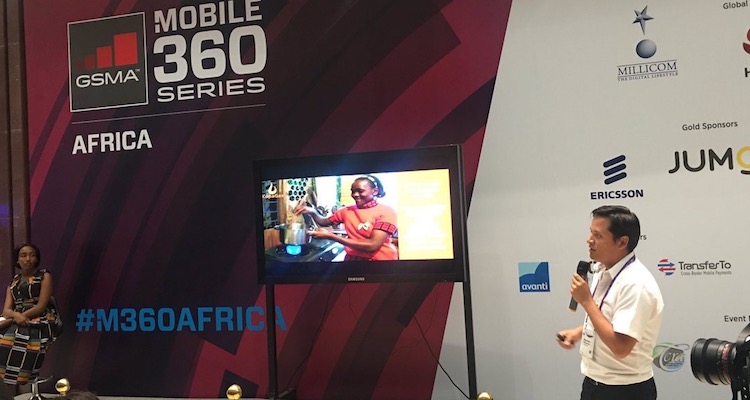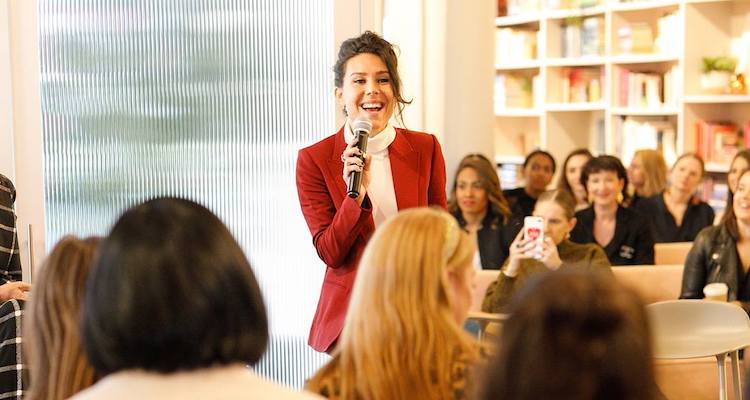Listen Now
At some point it just hit us. They are creating bank accounts to some of the poorest people on the planet, and there is nothing to stop you or me from pouring money directly into them. And that seems like an incredibly exciting opportunity.” Even if you are a newbie in the humanitarian aid and development community, I’m willing to bet you’ve heard about cash. And, by cash, I mean the very-much-growing interest and support for providing assistance to those in need by giving them cash. The theory is simple: people in need of help, especially in situations of poverty and emergencies, know the specifics of their situation better than anyone and cash provides them the best tool to getting those needs met quickly. My guest for the 119th episode of the Terms of Reference Podcast is no newcomer to the cash discussion. Paul Niehaus is a co-founder and president of GiveDirectly, which is currently the top-rated nonprofit by GiveWell and ranked among the 25 most audacious companies (Inc) and 10 most innovative companies in finance (Fast Company). GiveDirectly is a recognized leader in the use of modern technology to transfer funds directly to the extreme poor, and in the use of rigorous scientific methods to document its impact. You can connect with Paul here: https://twitter.com/PaulFNiehaus http://econweb.ucsd.edu/~pniehaus
IN TOR 119 YOU’LL LEARN ABOUT:
- GiveDirectly, an organization supporting cash transfers and the generation of evidence and awareness on the positive effects of giving money to poor people.
- GD’s two business models: a) retail donors funding and b) institutional research, impact evaluation and deployment consulting.
- Their origin, including the value of their academic background and why mobile finance made it all possible.
- The level of the conversation about cash transfers, its recent evolution in both academic and research circles, and GD’s quest to move cash transfers above the low single digits of cash transfers as a percentage of the world’s humanitarian spending.
- GD’s philosophy of efficiency.
OUR CONVERSATION INCLUDES THE FOLLOWING:
Organizations
- GiveDirectly https://www.givedirectly.org
- Kiva
- International Rescue Committee https://www.rescue.org
- Indian Government
- Parliament of the United Kingdom
- US 2016 Presidential Elections
Topics
- Cash Transfers, role in aid and humanitarian portfolios
- Financial decision making, in developing world lower income brackets
- Mobile payments
- Fund traceability
- Retail donors
- Organizational disruption
- Incremental innovation
- Talent management and compensation in humanitarian work
- Funding efficiency
- GD Song https://www.givedirectly.org/give-directly-song
- GD Efficiency Funnel https://www.givedirectly.org/efficiency
Places
- East Africa
- India
- Kenya
- Uganda
- Rwanda
EPISODE CRIB NOTES
GiveDirectly (GD) Modernizing the way we give. Generating experimental evidence of what works and what doesn’t. The trend: giving money straight to poor people works better than anything else. Helps by international (online) payment technologies. Two models #1 Retail Donors. GD’s website shows how donors’ money is put in the hands of those in need, along with all experimental research and evidence. #2 Institutional Aid. Research their data on cash transfers, perform comparative testing projects. Impact evaluation, prospect of implementing full-fledged cash transfers into aid portfolios. Kiva Kiva is “primarily a marketing organization.” They raise capital to deploy overseas. Their funding request operation is of some size. GD is a field organization. Most of the headcount is on the ground in East Africa. Funding and marketing operations are minimal, growing. Kiva’s loans versus GD’s grants. GD’s evidence supports grants over loans. Take me back to slow burn “A combination of things.” Paul and friends soon discovered the value of gathering data through experimental trial and error over cash transfers. People did different things with no-strings-attached money, but the bulk of the uses were ‘positive.’ Then Paul met small payments taskforces. In talks with corruption professionals in India, he sees motorcycle ATMs. “At some point it just hit us. They are creating bank accounts to some of the poorest people on the planet, and there is nothing to stop you or me from pouring money directly into them. And that seems like an incredibly exciting opportunity.” This was not happening in India exclusively. Talking to some existing NGOs, they collaborated on cash transfer programs and services. Some factions saw the de-centralization of money-based decision making as a threat. Breaking out “It began as something our friend and families could use.” Michael’s friend Paul, went to the ground. GD would work as a funding funnel. They started gaining confidence to say “this doesn’t exist.” They open it up in 2011. Everyone could log in and donate. The discussion on transfer has evolved and reached the mainstream, large NGOs and even in the British Parliament. There were no shortages of “you people are crazy” thought. Next five years “A long way to go.” On the rhetoric of cash. “The numbers are small.” 2% of humanitarian spending consists of cash transfers. The future is about growing the number. “Vaccines and roads likely won’t develop through cash transfers.” But for everything else… The burden of proof is on Paul. There is motion in “individual donor empowerment,” cut NGOs role as middle persons. It’s slowly starting to become apparent how spending patterns reveal the multitude of needs, challenges and uses of people, beyond the mainstream funding categories. Success stories “We are proud of them but fear they are not representative.” A guy bought a motorcycle to launch a delivery service. People have used the transfers to invest in housing, livestock. A guy in Kenya bought instruments, started a band, recorded a song about GD. Kenya arc reactor GD was looking for both extreme poverty and mobile payments. Kenya was a leader in both. They’ve moved into Uganda, Rwanda. From the start mobile has allowed data collection. Segovia is the other one of Paul’s startups. It provides an interface for cash transfers to digital, mobile. It helps with implementing mobile payments on location. “Organizational disruption.” Most of the innovation is incremental. Change and progress is continuous. Paul’s focus Mix of internal and external. Currently working on yearly doubling of money transfer volume. Keep learning, realizing GD’s role in cash transfers, as part of world’s aid portfolios. Let’s rob a bank Regulatory issues makes it close to prohibitive to dress into a financial services company. GD lets those issues on local payment providers. They help with organizing, gaining clearance. “We welcome competition” but so far no cigar. GD is working on user authentication, transaction info validation, follow-up. “It’s an enormous logistical exercise.” Governments have struggled. Culture of mobile banking is a precondition for cash transfers. Roadblocks Number one challenge is perception. “Give them money, they’ll get drunk,” people believe. The “give a man a fish” truism is used as an argument against cash transfers. But, what does the evidence actually say, and how could we put that on a t-shirt? Talent, compensation and policies are also issues. Cash has agenda “By the numbers, we are still in the figuring out date.” Change happens slowly, generational even. Faster change tides could come if evidence is plenty, good and convincing. Paul’s net worth GD has an efficiency funnel. “It costs us $.09 – .10 to put the rest of the dollar in people’s hands.” Sophisticated book-keeping is also a GD innovation. Their efficiency rate is sustainable, according to Paul. It is unsustainable from an equity standpoint, as no donors are committed in the long term. It is a systemic tradeoff of GD’s model efficiency. “We prefer this.” Stephen: The ideal career in aid is to work oneself out of a job. Infrastructure and scale Over USD 50MM deployed last year to East Africa. “It’s about the level of a national government programs.” Paul does not promote that number, as GD’s focus is a given donor’s dollar traceability. Vertical integration was a design choice early on. No outsourcing, less steps and intermediaries when possible. Paul fashions Evidence, evidence, evidence. Conversations with the research community. The academics have moved from “do cash transfers work” to “best practices” and “novel productive methods.” Research will put more studies forth. Constant listening to the political climate. “The election will affect things,” so will things in the UK. Basic Income Project. Behavioral Economics. IRC on humanitarian performance measurement, during a crisis. How Paul manages his time Add Impact Evaluation activities for the Indian Government to his work on GD, Segovia and UCSD. “It’s hard to get the right balance. Fortunately, I have a team of great people, and there’s been overlap among assignments.”Please share, participate and leave feedback below!
If you have any feedback you’d like to share for me or Paul, please leave your thoughts in the comment section below! I read all of them and will definitely take part in the conversation. If you have any questions you’d like to ask me directly, head on over to the Ask Stephen section. Don’t be shy! Every question is important and I answer every single one. And, if you truly enjoyed this episode and want to make sure others know about it, please share it now:[feather_share show=”facebook, twitter, linkedin, google_plus” hide=”reddit, pinterest, tumblr, mail”]
Also, ratings and reviews on iTunes are very helpful. Please take a moment to leave an honest review for The TOR Podcast!




